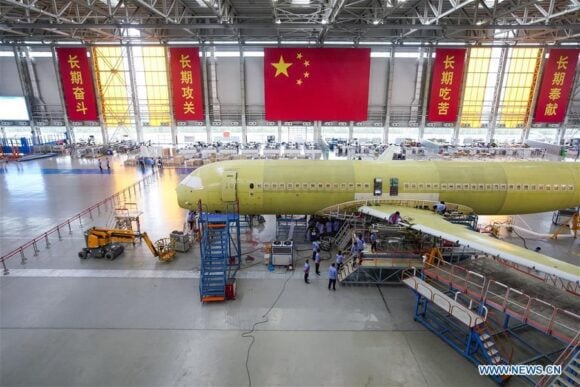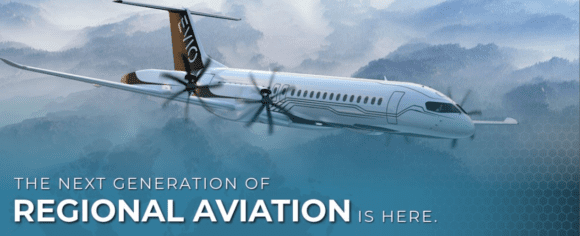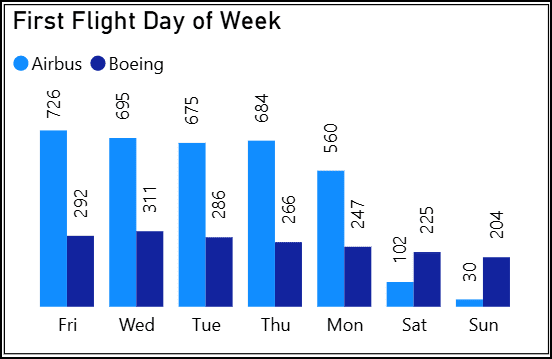With the rash of orders at Paris, we asked Airbus today how long a customer would need to wait for delivery of a new aircraft, if ordered after the show. The results are quite astounding.
For a new A320 family, the first delivery position is 2014, and for a neo, late 2018 to early 2019. For an A330 the first available position is 2014, an A380 2015, and the A350, late 2018 to 2019.
Of course, the folks in Toulouse may be looking at production increases for several fast selling models if several campaigns underway prove fruitful. While there always seems to be a way to juggle a few slots, the record demand at Paris has Airbus facing the happy dilemma asking how to deliver so many airplanes in a shorter period of time.
Views: 6




Comment deleted as insulting to others.
S Hamilton
Somebody said, “For a new A320 family, the first delivery position is 2014.”
Two questions.
First. Why would you buy an A320 Classic when the A320neo is coming as early as in 2015 and when there are new and better offering?
Second. Why are there slots for 2014 when the A320 Classic backlog is at 2,200 units?
many reasons …
1. you need the planes sooner
2. you don’t need the efficiencies that the new engines will provide
3. you don’t want to have to support yet another engine type along with all the related expenses
4. etc …
Gordon Werner,
You need to do the math.
You can need capacity sooner. But there are other less expensive way to fulfill interim lift need. Lease does exist and you do not need to lease the latest aircraft since it is only an interim solution. Now, if you buy an aircraft which burns 15% more fuel than the one that will come only four years later is certainly not a very good option. You will keep that bloody aircraft during fifteen and twenty years. Just imagine that you are spending 15% more fuel cost during those long years.
I think the cost of 1% extra fuel burn for an aircraft of the A320 family is well beyond 50,000 US$ per year if the fuel price is at the current level. It means that 15% extra fuel burn would cost you about 750,000 US $ per aircraft and per year. You can then multiply this number by 15 or 20 years. You have a very interesting amount.
There is not any doubt the A320neo will definitely and prematurely kill the A320 Classic.
Is it a “New Engine Option”?
No, taking delivery of the A320 Classic is not anymore an option.
Gordon Werner,
I forgot to mention that if you buy the A320 Classic by 2014, its resale value (“market value” or “residual value”) will likely be quite low when the A320neo will enter into service. It will hit your business case even further.
So, I just don’t see why a sane CEO of an airline would like to take delivery of the A320 Classic in 2014 and beyond. Unless if the pricing is ridiculously low.
On 28th June (after the Paris air show) – Airbus signed an order with Chinese lease co ICBC for a total of 88 aircraft. The delivery dates span 2012-2014.
Are they are sold out through 2014, or did they just discover 88 slots??
The delivery skyline is fluid, moves around a lot and looks to be very much at risk in 2014/15, maybe even 2013.
Lease rates on A320s are now coming under pressure, whereas 737NG are holding up. Various factors influence lease rates, but it could be taken as an indication of the type’s relative merits.
Comparing the residual values fo a 1997 vintage 737 Classic and a 737NG, when both were still in production together, should serve as a salutary lesson to anyone considering the purchase of the 1,000 (soon to be obsolete) A320s Airbus hopes to deliver during this period..
Hachman,
You said, “Comparing the residual values fo a 1997 vintage 737 Classic and a 737NG, when both were still in production together, should serve as a salutary lesson to anyone considering the purchase of the 1,000 (soon to be obsolete) A320s Airbus hopes to deliver during this period..”
I have always wondering how Boeing coped with the transition from the 737 Classic to the 737NG. There must have been an overlap when the 737 Classic ramped down and the 737NG ramped up.
The situation will be very similar to the trasition of the A320 Classic to the A320neo. We can certainly learn a lot from the 737 transition example. It would be great if somebody can give us the details about the ramp-down-ramp-out profile of the 737 and also about the “value” situation of both versions of the aircraft during transition and also the evolution market value (or “residual” value) of the 737 Classic and NG from the same uear of production.
For example, I would really be interested by the new 737 Classic and NG produced in 1997 and also the evolution of the residual market value from year 0 to year+10. I am sure appraisers know this. Unfortunately I don’t.
V V,
If the A320 NEOs are available from 2018 only, there is no option for the buyers but to buy A320 classics.